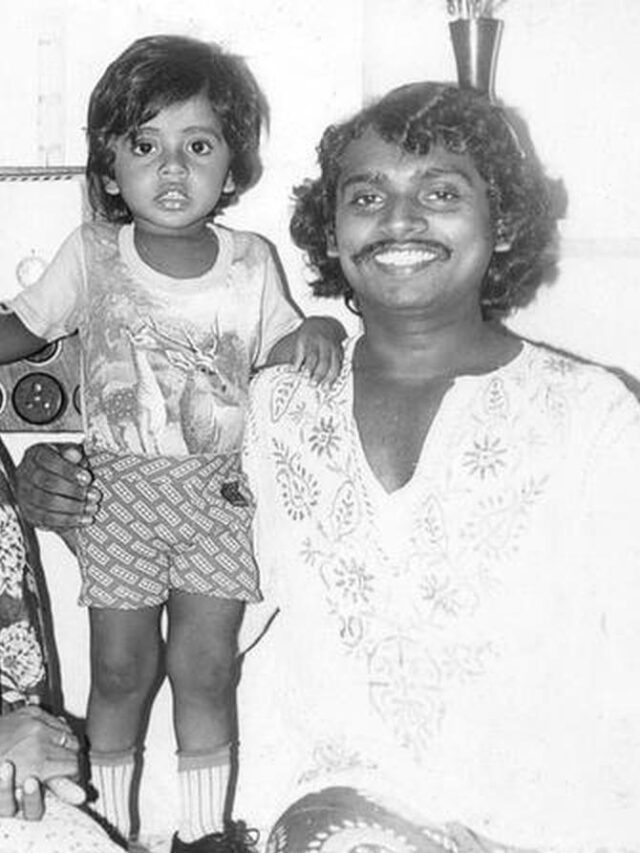At an age when children are supposed to be read Harry Potter books and tucked into bed, a child prodigy emerged, who in his brief life of 6 years, 11 months, and 2 days engendered more than 25,000 paintings. This child is none other than India’s own Edmund Thomas Clint. When anyone thinks of an artist, they think of an individual who underwent rigorous training, flipped through intense coursework, and devoted countless hours to hone their craft. However, for Clint, it came naturally. Would you have believed that he secured first place in an art competition, held for those below the age of 18? We could, but you would be stupefied to know that he did all that at just 5 years old.
Who is Edmund Thomas Clint?
The lone son of the late MT Joseph and Chinnamma Joseph, Edmund Thomas Clint was born on 19 May 1976. He was named after the veteran Hollywood actor and director Clint Eastwood, for his father’s obsession with cowboy films. As soon as he turned 3three, he was diagnosed with a crippling kidney disease resulting in swollen belly and limbs.
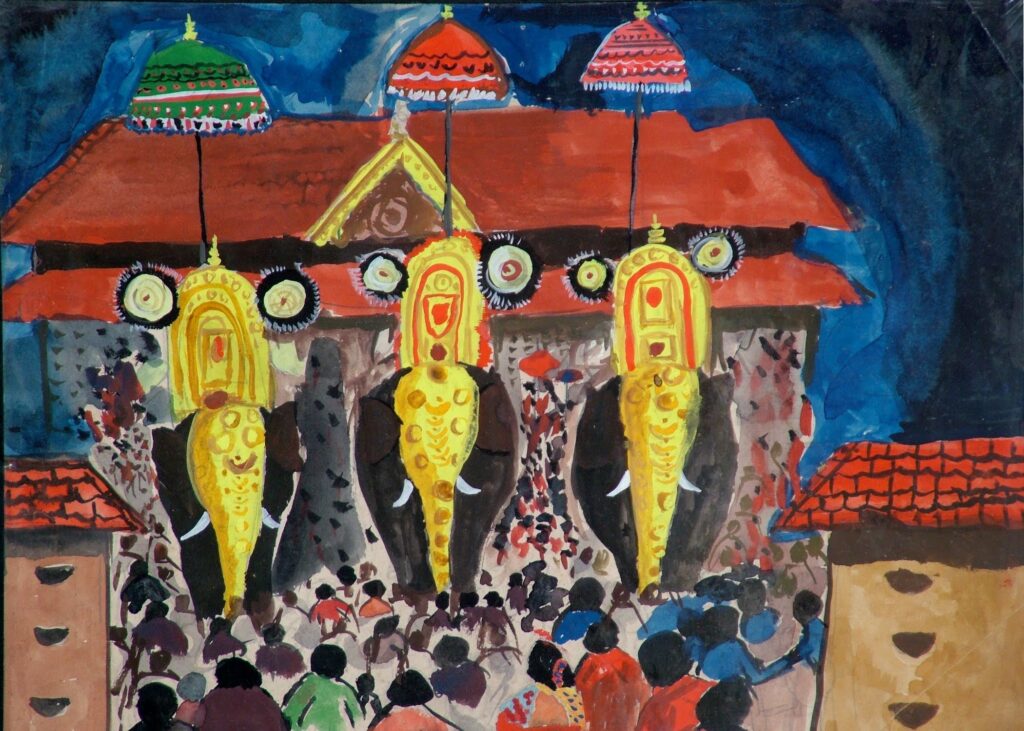
Despite perpetual exhaustion, he never gave up and continued to do what he loved – create art. He died of kidney faliure on Vishu Day on 15 April 1983, just a few days short of his seventh birthday. The kidney disorder had crept its way into his system and left him in a comatose state; one from which he never woke up.
Edmund Thomas Clint Art Style
When one looks at Edmund Thomas Clint paintings, one is miraculously transported to the vibrant and vivid representation of Kerala’s culture and environment; the most notable being the elephant processions of ‘Thrissur Pooram.’ The child artist loved painting Hindu festivals and traditional events near his home in Kochi, Kerala. His paintings show clear influences of the Bible and Hindu mythologies, propagated by his father. Some of his paintings portray scenes from the epics ‘Ramayana’ and ‘Mahabharata.’ It is said that his favourite characters were ‘Ganpati’ (a subject of more than 300 paintings) and ‘Abhimanyu.’ His mother on the other hand read him natural sciences.
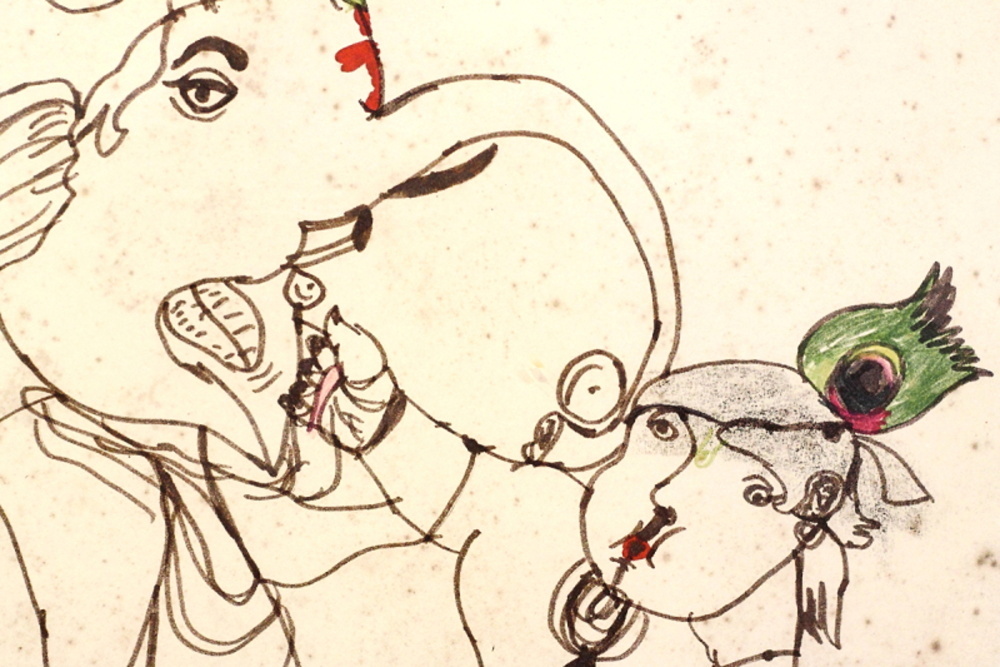
Clint found inspiration in G Mohanan, Joseph’s artist friend, who used to frequent their home and paint in his presence. Mohanan’s artistic strokes transfixed him. Despite being a child, he would flawlessly paint themes as deep and dense as death, solitude, and love. He played with chalks, sketch pens, oil paints, watercolours, and nearly all mediums, his father bestowed upon him.
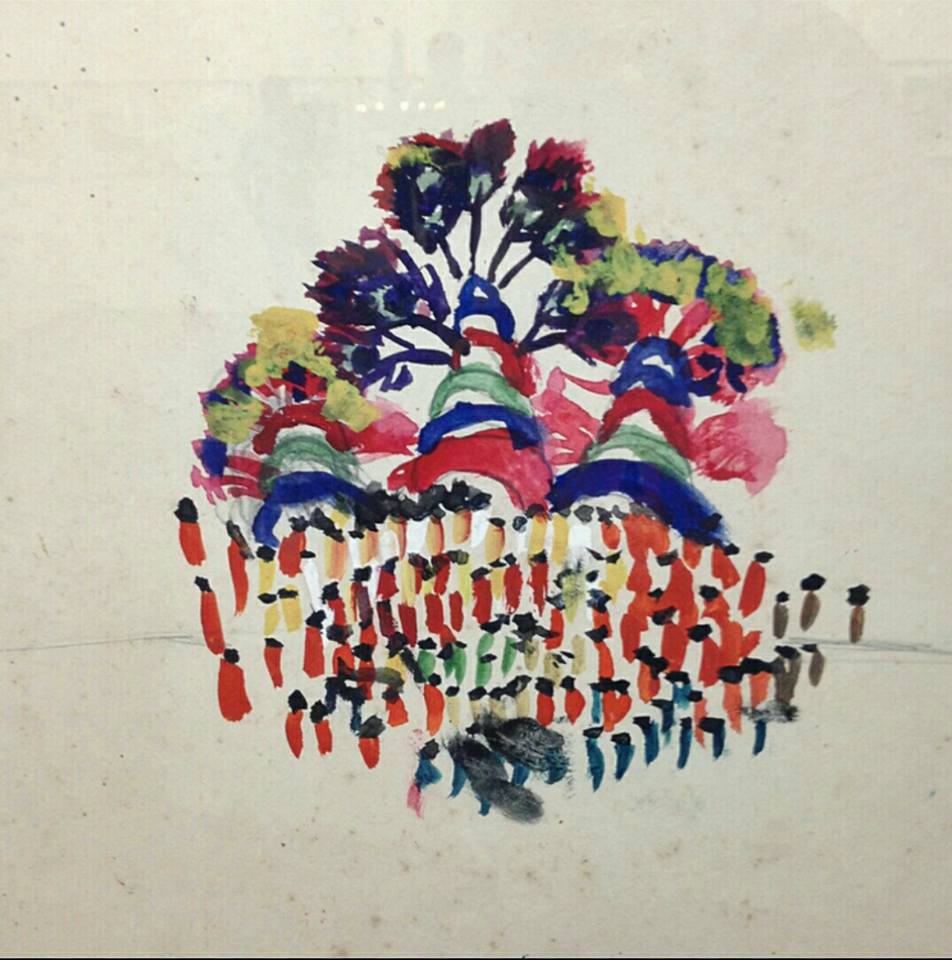
In the beginning, Edmund Thomas Clint artworks would be simple pencil drawings depicting the daily lives of his immediate surroundings. Soon he transitioned to animal paintings with precise anatomical representation. His last painting depicted a Theyyam performance. The subject of the painting was ‘Muchilottu Bhagavathy;’ the universal mother, who exudes ritualistic fervour through her dance.
The Legacy of Edmund Thomas Clint
Despite his death, his legacy lives on! He has been the centre of numerous media. These include a book by Sebastian Pallithode titled, ‘Clint – Nirangalude Rajakumaran’ or ‘Clint – The Prince of Colours.’ In 2013, Ammu Nair published ‘A Brief Hour of Beauty: A Tribute to Edmund Thomas Clint, the Master Who Died Young.’His life has also been portrayed in two Malayalam movies — ‘Anandabhairavi’ (2007) and ‘Clint’ (2017). The city of Kochi has a street ‘Clint Road,’ in Perumanoor named after him.
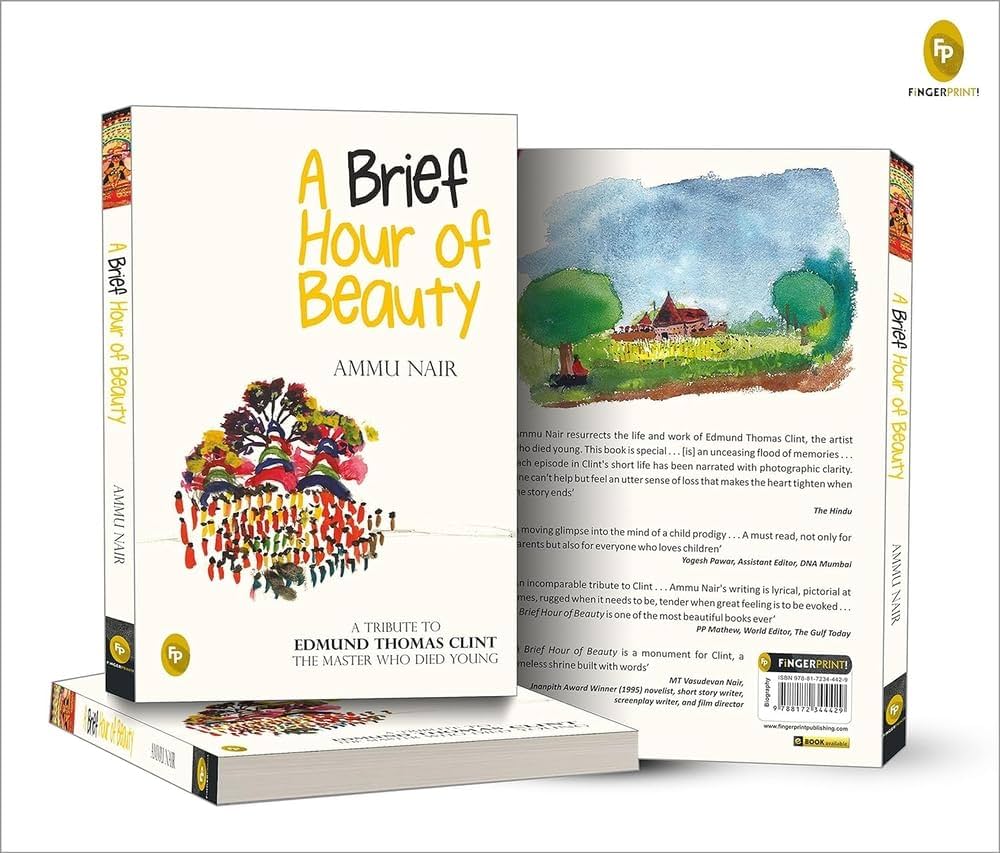
In 2009, the ‘Edmund Thomas Clint Memorial Painting Competition’ for children was conducted at Kochi to honour him. The Greater Cochin Development Authority (GCDA) has also named a park in Panampilly Nagar in his honour. Edmund Thomas Clint artworks have been regularly displayed in exhibitions around Kerala. On December 16, at the Children’s Biennale segment opening, a selection of Clint’s works was displayed at the 2014 Kochi-Muziris Biennale.
Image Courtesy – The Hindu


